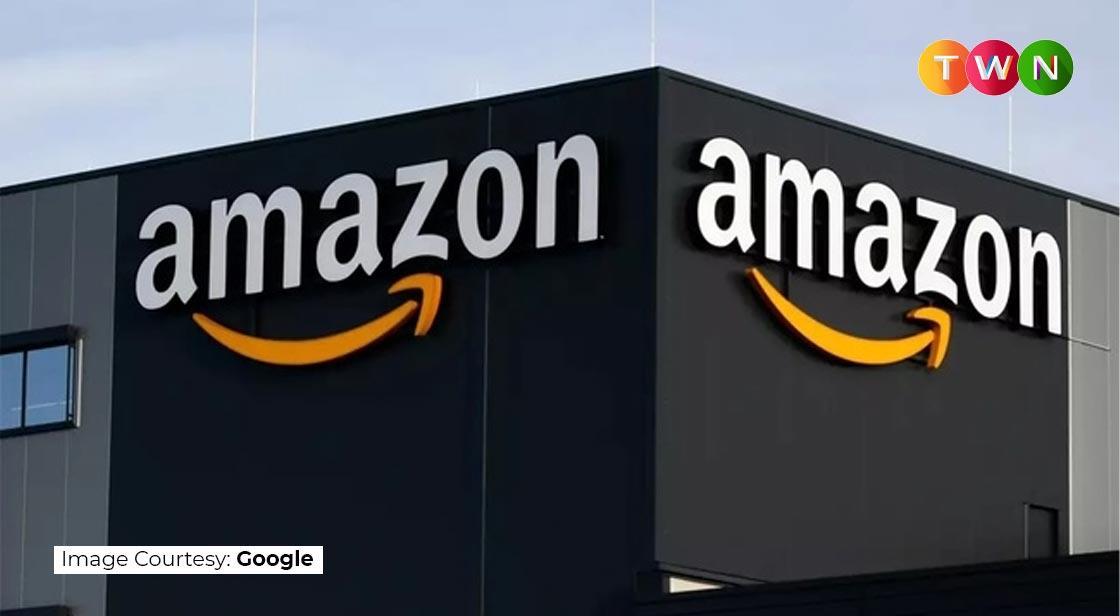Amazon Set to Compete with Starlink via Its Own Satellite Network

News Synopsis
Amazon is ready to enter the space-based internet market with the launch of 27 Project Kuiper satellites, scheduled for April 9. This initial deployment marks the start of Amazon’s ambitious plan to create a satellite internet constellation that directly competes with Elon Musk’s Starlink. The satellites will be launched into low Earth orbit (LEO) aboard an Atlas V rocket provided by United Launch Alliance (ULA), under the mission name KA-01 (Kuiper Atlas 1).
80 Launch Missions Lined Up for Global Coverage
Amazon has secured 80 launch missions over the coming years. These missions will gradually deliver hundreds of satellites into LEO, forming a high-speed internet network that offers global coverage. The company aims to start delivering internet services by the end of 2025, targeting underserved and remote regions worldwide where conventional internet infrastructure is not viable.
Project Kuiper to Offer Starlink-Like User Terminals
To make its internet service accessible, Amazon plans to provide a range of user terminals, including a compact, portable dish that rivals the Starlink Mini. Weighing just one pound and measuring seven inches, this device is expected to offer download speeds of up to 100 Mbps. For homes and businesses requiring higher bandwidth, Amazon will offer a larger terminal capable of delivering speeds of up to 1 Gbps.
How LEO Satellites Differ from Traditional Internet Solutions
LEO satellites, such as those used in Project Kuiper and Starlink, orbit the Earth at altitudes below 2,000 kilometers. This proximity allows for much lower latency compared to traditional geostationary satellites, which orbit at around 35,000 kilometers. Lower latency enables smoother real-time communication, video conferencing, and gaming experiences.
In contrast, geostationary satellites cover large areas with fewer satellites but suffer from signal delays that hinder responsiveness. LEO constellations require a greater number of satellites to maintain continuous coverage, but they deliver faster, more reliable internet performance.
Bridging the Global Digital Divide
One of the major benefits of LEO satellite constellations is their potential to provide internet access in remote and rural areas. Unlike fiber-optic or cellular networks, which rely on costly ground infrastructure, LEO satellites beam connectivity directly from space. This enables coverage in places that are currently underserved or completely off-grid.
Amazon’s entry into this space could accelerate global internet access, especially in developing nations and isolated regions where laying cables or building towers is not feasible.
Competitive Landscape: Project Kuiper vs Starlink
Amazon's Project Kuiper enters a space currently dominated by SpaceX’s Starlink, which already has thousands of satellites in orbit and serves customers in over 70 countries. However, Amazon is leveraging its massive logistics network, cloud computing infrastructure (AWS), and consumer reach to create a competitive advantage.
Project Kuiper's affordability, speed offerings, and integration with other Amazon services may help it carve a niche in this fast-evolving market.
A Step Toward Amazon’s Long-Term Space Ambitions
Amazon's satellite project reflects its broader push into aerospace and space-based technologies. Led by Jeff Bezos, who also founded space exploration company Blue Origin, Amazon is building infrastructure for a long-term presence in space, similar to SpaceX’s broader goals.
While the satellite internet business is capital-intensive, it opens the door to multiple revenue streams, from consumer subscriptions to partnerships with governments, telecom providers, and enterprises.
You May Like









